|
The movement toward a hybrid cloud, software defined data center, has been on-going for years now. We have seen the virtualization of compute, storage, and now networking. In this blog, I will be discussing this journey: where we started, where we are going, and why you want to be on this journey. Traditional data center models are still very prevalent and accepted by organizations as the defacto model for their data center(s). If you have ever managed a traditional data center model, then you know the surmounting challenges we face within this model.
What comprises the traditional data center model? A traditional data center model can be described as heterogeneous compute, physical storage, and networking managed by disperse teams all with a very unique set of skills. Applications are typically hosted in their own physical storage, networking, and compute. All these entities-physical storage, networking, and compute- increase with the growth in size and number of applications. With growth, complexity increases, agility decreases, security complexities increase, and assurance of a predictable and repeatable production environment, decrease. Characterizations of a Traditional Data Center:
Challenges around supporting these complex infrastructures can include things like slow time to resolution when an issue arises due to the complexities of a multi-vendor solution. Think about the last time you had to troubleshoot a production issue. In a typical scenario, you are opening multiple tickets with multiple vendors. A ticket with the network vendor, a ticket with the hyper-visor vendor, a ticket with the compute vendor, a ticket with the storage vendor, and so on and so on. Typically, all pointing fingers at each other when we all know that fault always lies with the database admins. The challenges aren't just around the complexities of design, day to day support, or administration, but also include challenges around lifecycle management. When it comes to lifecycle management, we are looking at the complexities around publishing updates and patches. If you are doing your due diligence, then you are gathering and documenting all the firmware, bios, and software from all the hardware involved for the update/patch and comparing that information against Hardware Compatibility Lists and Interoperability Lists to ensure that they are in a supported matrix. If not, then you have to update before going any further. This can be extremely time consuming and we are typically tasked with testing in a lab that doesn't match our production environment(s) ensuring we don't bring any production systems down during the maintenance window.
2 Comments
|
RecognitionCategories
All
Archives
June 2024
|
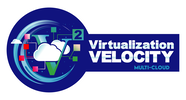
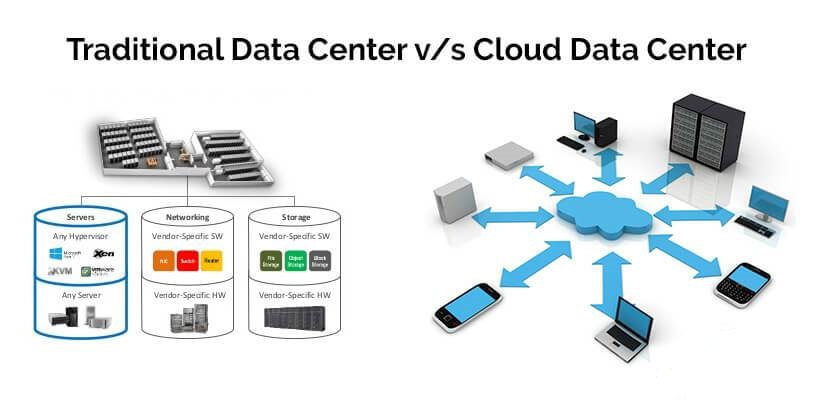
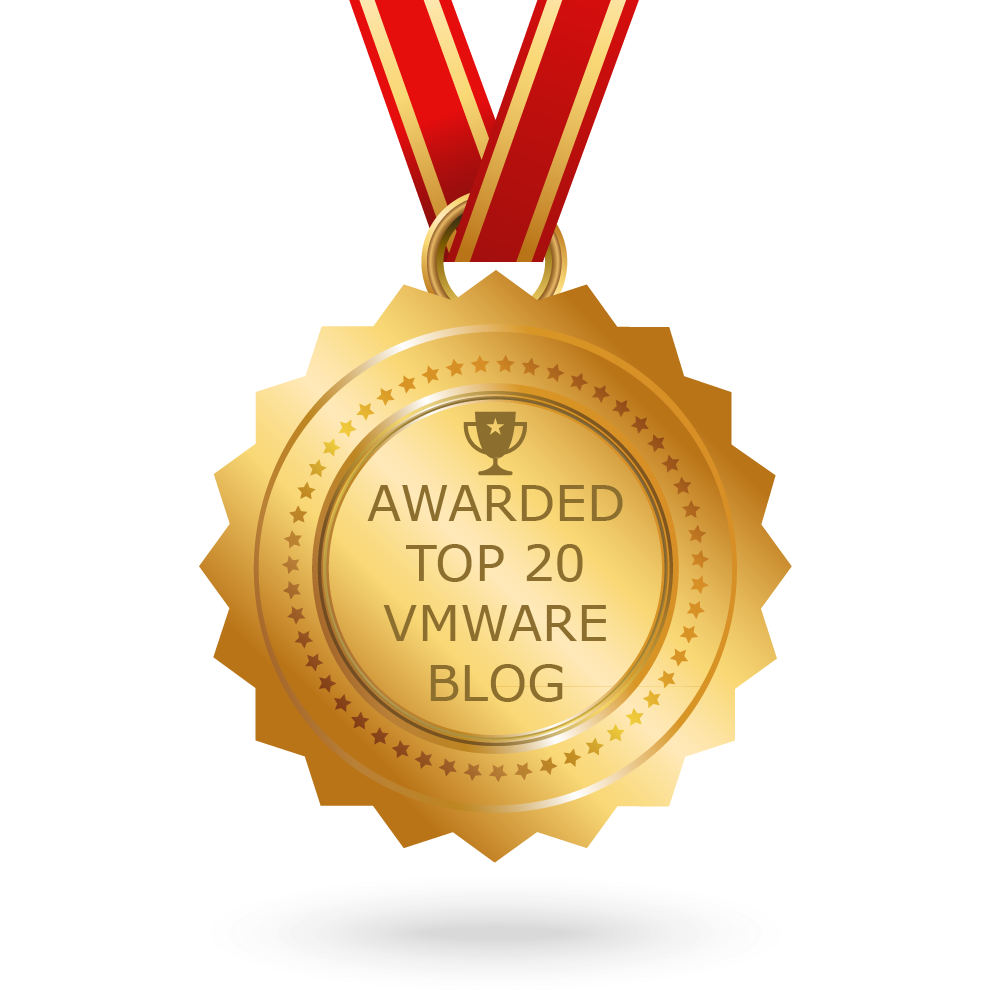
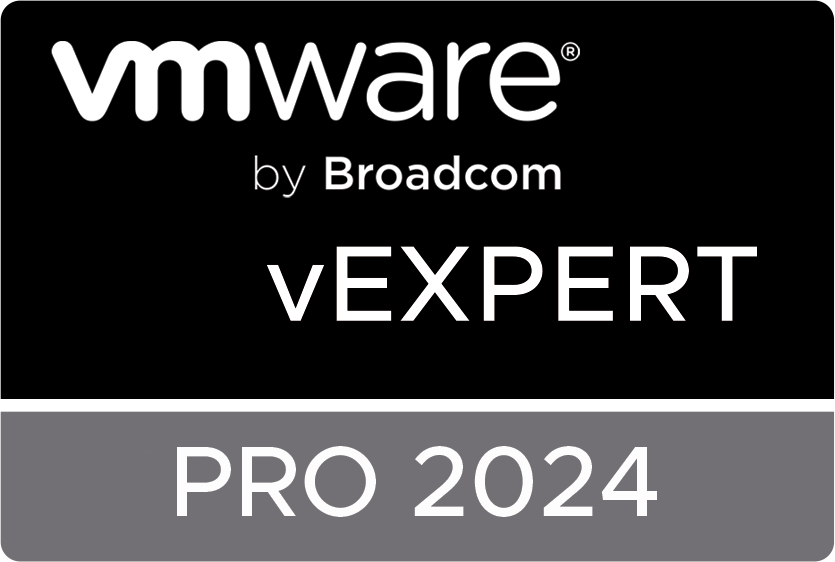


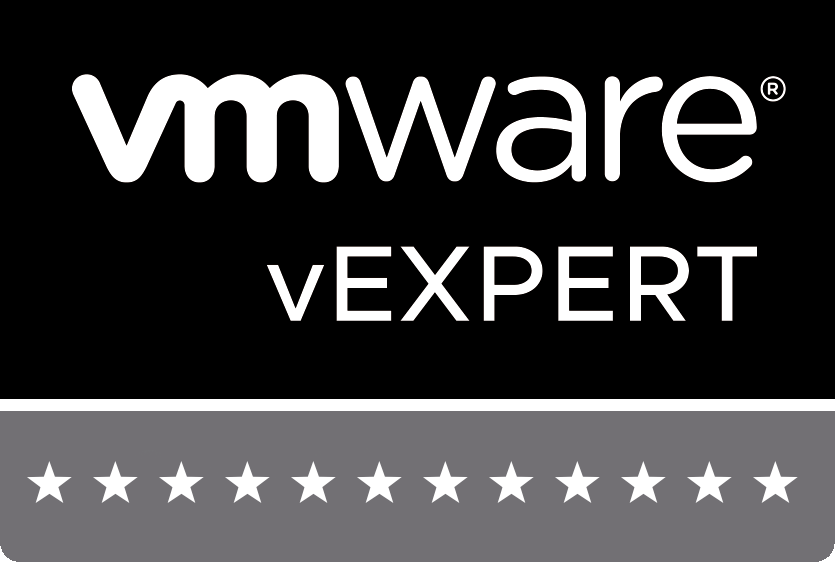
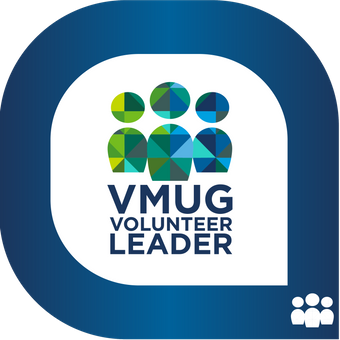

 RSS Feed
RSS Feed